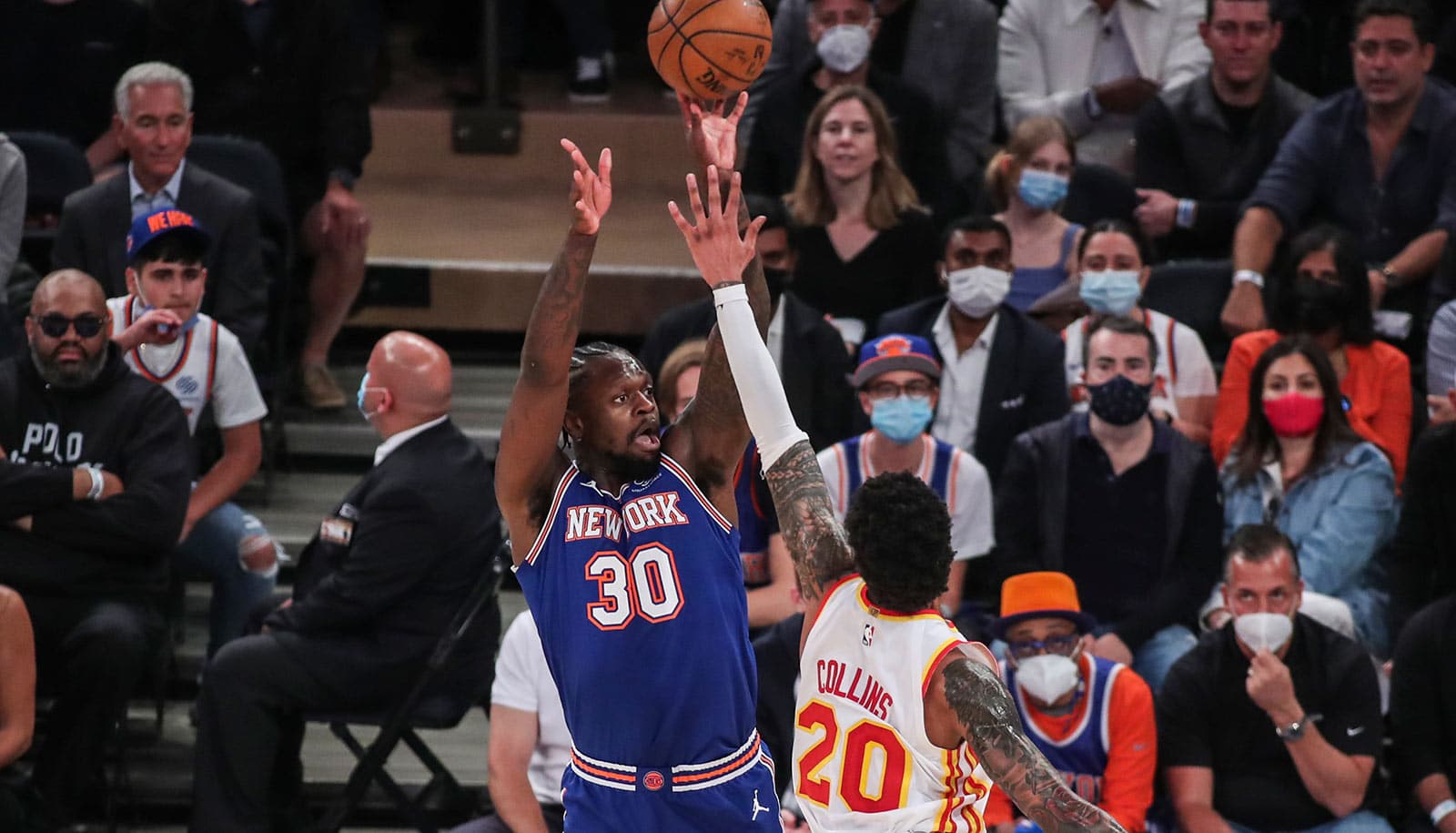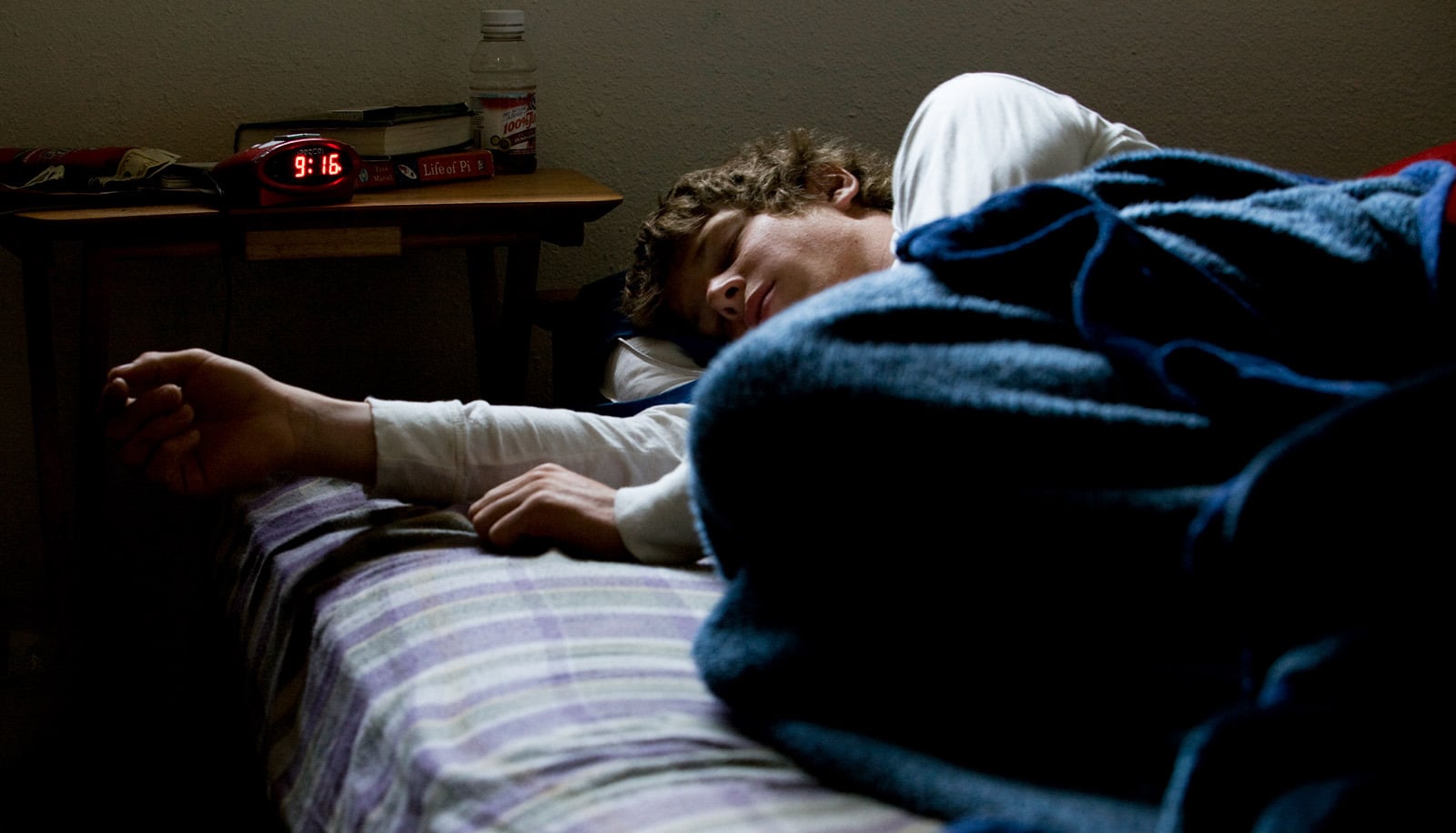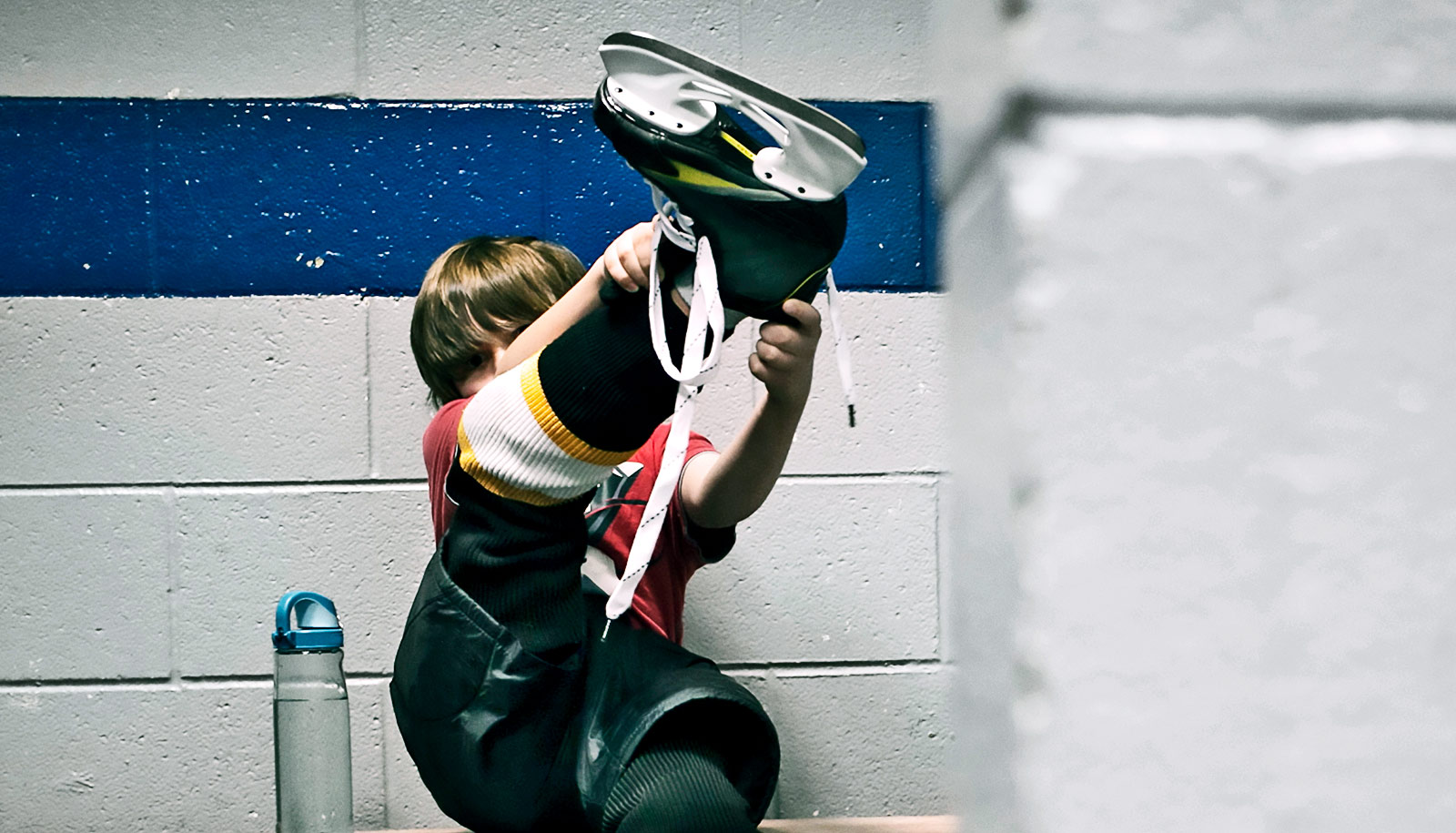It’s not yet safe to bring back large crowds to stadiums for sporting events, according to a new analysis of COVID-19 risks.
Some 135,000 fans gathered in the Indianapolis Motor Speedway for the Indy 500 over the 2021 Memorial Day Weekend. Mathematician John E. McCarthy, who helped write a scientific formula and a paper regarding the risk analysis of fans attending sporting events, has a simple, evidence-driven answer to two questions about that race crowd: How many were vaccinated? How many were safe from COVID-19 transmission?
Not enough.
This has little to do with whether fans were masked, socially distanced, even scream-free to the point where potentially infectious droplets weren’t spreading in the air.
Rather, this is a mathematical, computational risk analysis, says McCarthy. And he knows: He was part of a team of scientists consulted earlier in May by PGA Championship officials (more on that later) and consulted over the past pandemic year-plus by more than 30 teams, leagues, states, and cities across the country and the four major US professional sports.
“This summer, a baseball game with half the people unvaccinated would be even more dangerous than 50% attendance last summer.”
“If vaccines or negative COVID-19 tests are required for attendees, 100% attendance is safe,” says McCarthy, professor of mathematics and chair of the department of mathematics and statistics at Washington University in St. Louis. “Without requiring vaccinations or testing, it’s not.
“There should be a pass system, like the Coronapas in Denmark: Either a person is vaccinated or has been tested in the previous 72 hours. With such a pass system, we could go back to nearly normal life” at outdoor and even indoor live events, McCarthy continues. “If they don’t, I think it’s crazy to fully open.”
A paper on the model appeared in the journal PLOS ONE this past January. Coauthors are Barry D. Dewitt at Carnegie Mellon University, Bob A. Dumas at Omnium LLC, and Myles T. McCarthy at the University of Illinois at Urbana-Champaign.
The model estimates the relative infection risks. Such risks and infection numbers have been dropping through the first quarter of 2021 during a nationwide vaccination movement, yet still a sizable portion of US adults remain unvaccinated. But the NHL and NBA have been allowing fans back through their turnstiles for the playoffs, with some 15,000 attending New York Knicks games, where McCarthy points out they used the state’s Excelsior pass system.
NFL and many college football officials have pledged to return to 100% attendance come fall, meaning as many as 100,000 people will be gathering in extremely close proximity, eating and drinking (mask-free), and likely screaming for their beloved teams.
Is America ready? Not yet, according to the numbers already vaccinated.
“I think it is irresponsible to open large events to 100% occupancy without either testing or vaccinating. Especially now with both of those being easy.”
Vaccinated fans in the stands have “two shields” working in their favor: “They have their own vaccination, and they have a very low chance of being exposed to infection from those around them,” McCarthy says. “So, we’re not going to get a super spreader event.”
Still, risk remains. Take the Brickyard race, for example: Heading into Indy 500 weekend, barely 1 in 3 Indiana residents were vaccinated. Roughly half of all US adults are vaccinated.
“Fifty percent vaccination, that’s not a good idea,” McCarthy says.
“This summer, a baseball game with half the people unvaccinated would be even more dangerous than 50% attendance last summer,” McCarthy adds. The model for the risk analysis includes consideration for masking, social distancing, every-day protocols enacted early in the pandemic. “They likely would not be wearing masks as routinely [nowadays]. The people who are vaccinated, they’re going to be exposed to a lot of unvaccinated people. You have one shield [in the form of the vaccine], which is not perfect. The two shields together, with the people around you being vaccinated or tested, is pretty close to perfect.
“I think it is irresponsible to open large events to 100% occupancy without either testing or vaccinating. Especially now with both of those being easy.”
You can’t give a single overall risk score, however. “The risk depends on the infection rate in the community, which fluctuates,” McCarthy says. “As the rate goes up and down, the risk goes up and down. Whatever the given day, you can factor in our model the number of people vaccinated and hence relative risk … so you can come up with a risk plan on any given day. But it’s going to change from day to day.
“As the number of vaccinations in a community goes up, the overall infection rate goes down, so even unvaccinated people pose less of a risk.”
Until the numbers of vaccinated people considerably outweigh the unvaccinated, and the rates of infection, hospitalizations, and deaths dwindle to minuscule numbers, there still will be human factors involved: masking, distancing, hygiene to prevent potential infection, and guarding against droplet spread.
The PGA Championship that concluded May 23 posed additional challenges for McCarthy and team when the organized consulted them: Fans would ride a far distance from their parking lots in commuter buses and pop into numerous hospitality tents. To combat those issues, Omnium and the team advised officials to monitor density, require distancing in seating, and ensure optimal air flow.
Speaking of air flow, indoor events such as the NBA or NHL playoffs are less of a risk in an arena with a modern, quality ventilation system, he notes.
“The devil,” McCarthy says, “indeed is in the details.”
Human behavior again being one of those details. Near the end of this year’s PGA Championship, a throng of prescreened fans crowded around Mickelson. In one famed photograph, there are 160-plus people within 10 yards of the victor—of the one-third whose faces can be seen, only five masks are visible.



